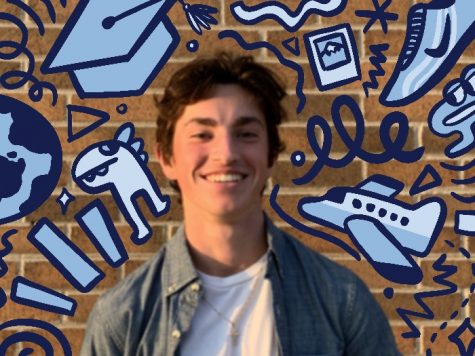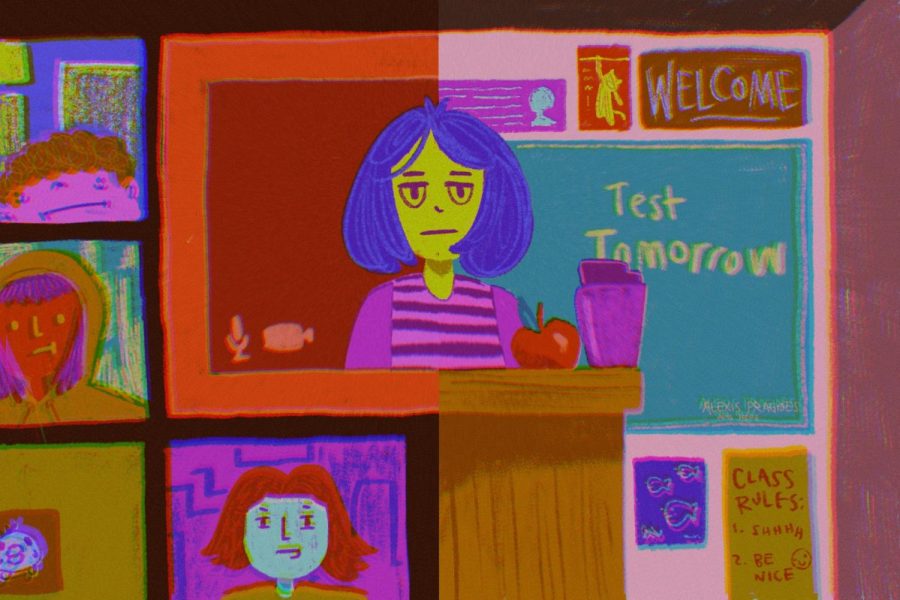Better on paper than in practice: Modified hybrid plan falls short
With learning split between in-person and hybrid groups, many students and teachers feel as if their classes are more disjointed than ever.
It’s been a week since District 99 moved to their modified hybrid schedule. This was done primarily for two reasons: to increase the quality of instruction for students as well as to allow students and teachers to form relationships with one another. It’s unable to do either.
True in-person learning is superior to remote learning, nobody’s questioning that. The problem is that the “in-person” learning under the modified hybrid plan is nowhere near what a typical school year would look like.
Rather than teaching to a full class, teachers must balance in-person students and remote learners simultaneously. In conversations with teachers, they say they have little to no idea how to teach in this fashion and fear that their students will receive a worse education as a result.
On the students’ end, the school days hybrid learners experienced so far were nothing like what one imagines when they hear “in-person learning.” Rather than working with group mates in class, students are spaced apart, learning more independently than collaboratively.
Meanwhile, many remote learners felt neglected as a number of teachers understandably put the emphasis on in-person students over their remote counterparts.
These first few hybrid days felt like a disruption to many students’ learning — not an improvement — as teachers were once again forced to scramble in adjusting their curriculum, this time teaching to two groups of students that felt even more disconnected than before in full remote learning.
Along with this unproductivity, they felt just as awkward as remote classes. Again, yes, everybody wants students and teachers to form strong relationships with one another, but this is just unrealistic. Expecting teachers, some of whom don’t even recognize their students as many have left their cameras off, to build the same relationships with students that they would in a typical school year is simply unreasonable.
Perhaps as time goes on, both students and teachers will adapt just as they have all year — maybe not though. When the Blueprint covered a District 99 board meeting back on Sept. 21, superintendent Dr. Hank Thiele had this to say.
“As soon as we move into substantial, we’re going to have to have some serious conversations with the health department to see if it’s appropriate to bring in all students back for a hybrid model,” Thiele said.
Well, looks like it’s time for some serious conversations. Hopefully this time, administration will consider more about what their plans will actually look like, rather than trying to implement hybrid at all costs.



Neil • Oct 30, 2020 at 10:29 am
I agree with this article. As long as it’s not like a normal school year, there’s not much things we can do to get better. In person classes would never go back to in person because it’s awkward in class. I know this from a first hand experience. Unless you know everybody form a before high school experience, it’s hard to get to know knew people.